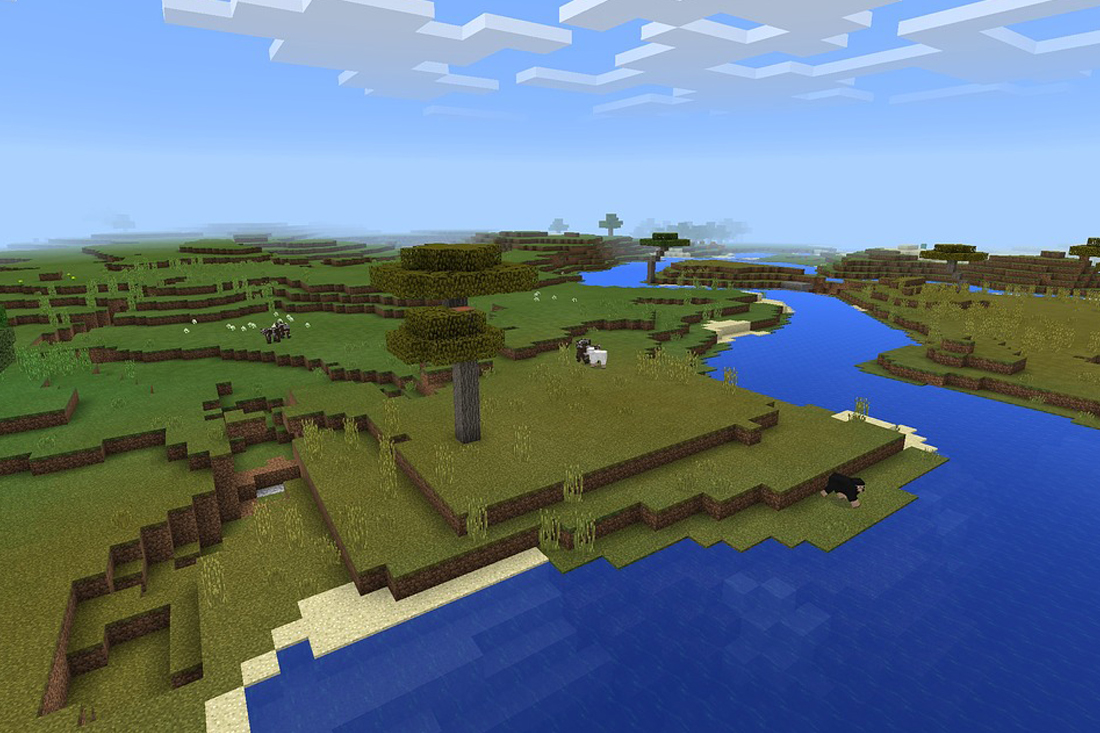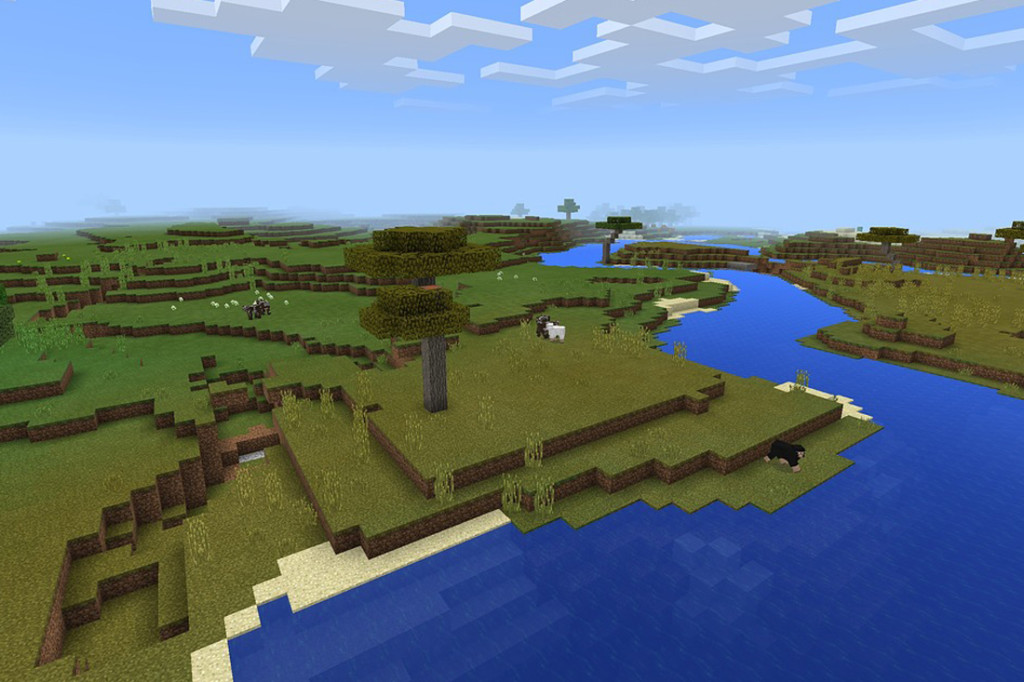
Screenshot from Minecraft
BY Gabriel Mata | THE RIDER

“Minecraft,” “Starbound,” “Diablo,” “Spore,” “Left 4 Dead” and “No Man’s Sky.” All these games deserve a spot in today’s Gaming Hall of Fame for one reason or another.
Aside from what those reasons might be, they’re all procedurally generated. What exactly does this mean? Procedural generation, at its core, is creating rules for a program, looking for an edge, and then letting the program run wild.
Although these games may use that concept differently, it’s all the same.
Games like “Minecraft,” “Starbound” and “No Man’s Sky” use a random seed in order to generate entire worlds/solar systems/universes.
While creating entire universes is cool, “Left 4 Dead” uses procedural generation to create an army of zombies. Although they have the same attributes, making zombies look different from each other would be incredibly tedious to program in one-by-one.
Other examples of this is Peter Jackson’s “The Lord of the Rings.” Procedural generation was used in order to create giant fighting armies, another thing that would be difficult to animate and texture manually. Procedural generation is slowly becoming a normal technique to use and it’s extremely useful and versatile. As we use it more, we’re only discovering the amazing things that we can do with it.






